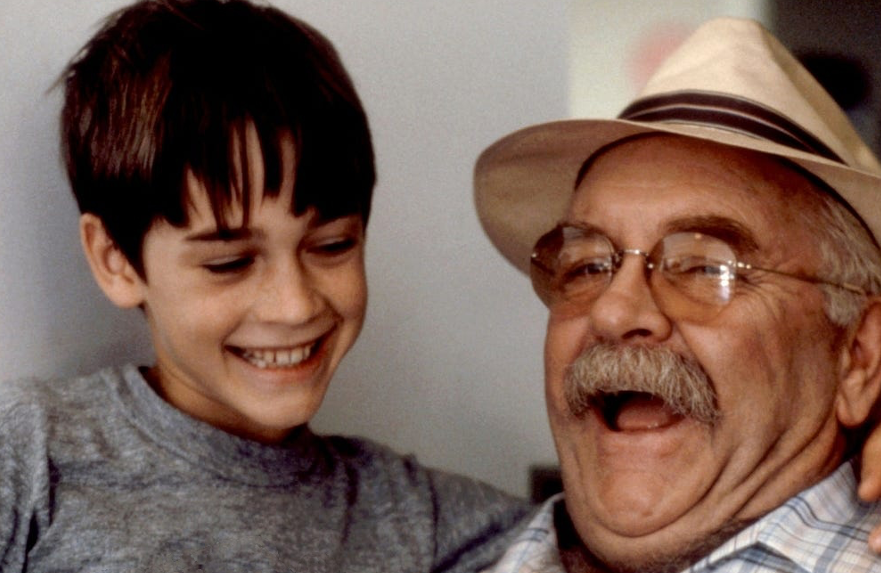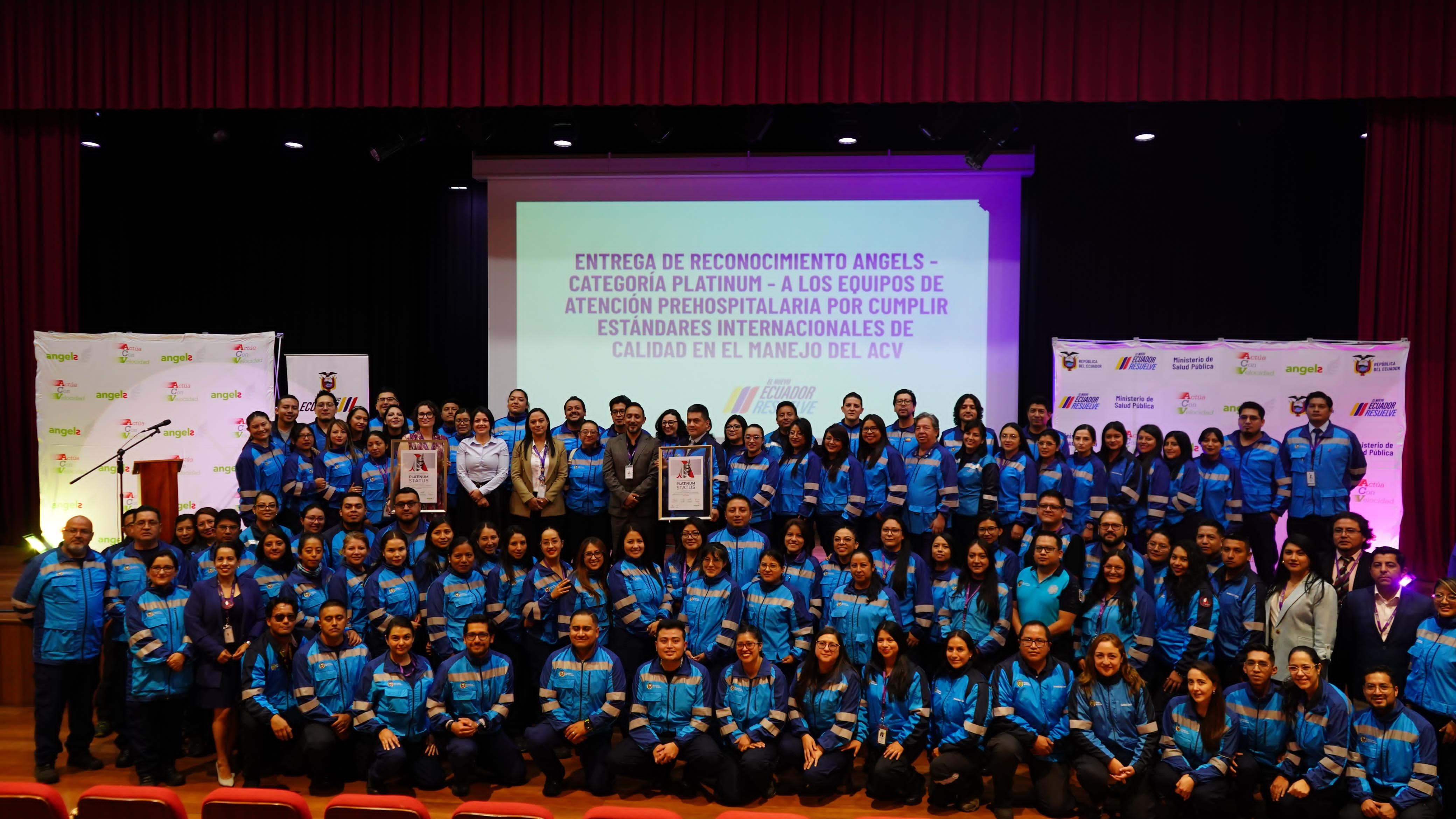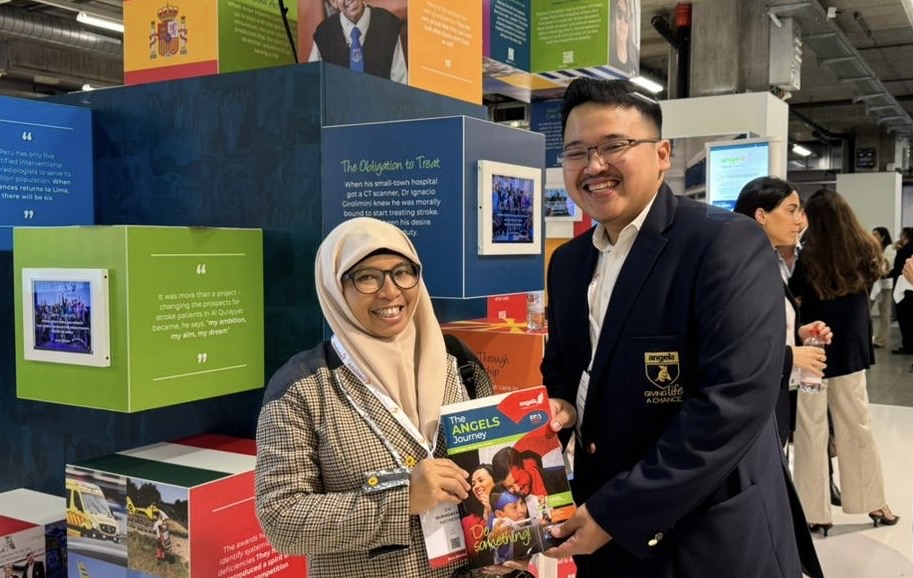KEĎ sa v júni 2022 konal prvý samit FAST Heroes Summit, hviezda na Slovensku zažiarila veľmi jasne.
Základná škola v Lieseku, v malej dedine na severnom Slovensku, vyhrala ceny rebríčka FAST Heroes a vyhrala ceny pre prvotriednu školu, prvotriednu a prvotriednu osobu. Ich úžasná učiteľka Lenka Reháková bola (vhodne) ocenená cenou Amazing Teacher Award a inde na Slovensku bola deväťročná Dorotka Špulierová uznaná za príklad pre svojich spolužiakov.
Hrdinovia FAST je ocenený program pre školy vytvorený s cieľom zvýšiť povedomie verejnosti o cievnej mozgovej príhode. Teraz už vo štvrtom roku očaruje a vzdeláva deti na celom svete. Jeho vplyv vyprodukoval niektorých hrdinov z reálneho života vrátane slovenských základných školiteľov Emky Horvathovej, Samka a Petka Brnaka (aj medzi poctami v roku 2022) a Mareka Bokoša, Teresy Bajsovej, Ninky Ivančíkovej a Alexandry Czuporiovej.
RÝCHLA slovenská rodina teraz zahŕňa viac ako 1 100 škôl a okolo 47 000 superhrdinov. Jeho cieľ pre rok 2024, ktorý má zapojiť 10 000 detí, už prekonal, pričom do konca marca bolo zaregistrovaných 14 710 superhrdinov učňov.
Zaujala aj slovenská komunita FAST Heroes svojou kreativitou, navrhla modul špeciálne pre stredné školy a spája školy so opatrovateľskými domovmi – nápad, ktorý vznikol v Liekštine a teraz sa rozšíril po celej krajine.
Veľa impetusu pochádza od Lubicy Fidesovej, konzultantky pre vzťahy s verejnosťou v spoločnosti Grape PR a nespútanej ambasádorky FAST. Minulý rok získala jej príkladná práca s kampaňou prestížne ocenenie PROKOP v súťaži organizovanej asociáciou Public Relations Association of Slovakia.
Lubicin opis uvedenia FAST Heroes na Slovensku je majstrovskou triedou implementácie, preto si pred pokračovaním v čítaní vezmite svoj zápisník.
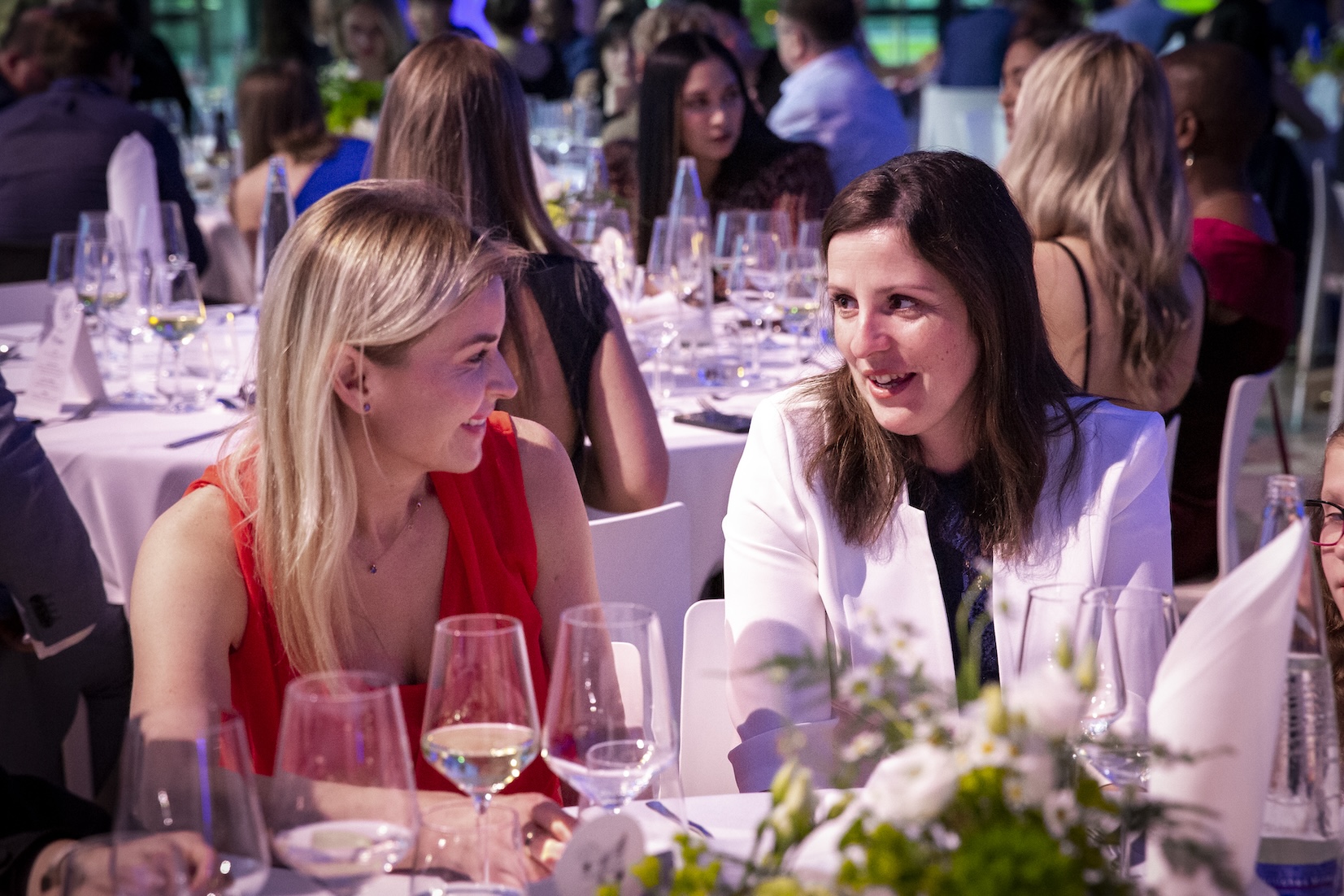
Zákon o triede na Slovensku
„V prvej a najdôležitejšej fáze,“ hovorí Lubica, „sústredíme sa na mediálne pokrytie. Zdôrazňujeme výsledky dosiahnuté vďaka projektu, ako sú medzinárodné ocenenia alebo deti, ktoré zachránili príbuzných po tom, ako sa dozvedeli o mozgovej príhode.
„Používame rádiové a televízne prezentácie, články v tlači, online sociálne siete, influencerov a samozrejme neurovedcov. Spájame sa aj s dôležitými inštitúciami, aby sme získali podporu pre projekt. Ak uspejeme, výsledkom je rozsiahle pokrytie, ktoré upozorňuje školy, že budúci rok projektu sa začne.
„V ďalšej fáze sa zameriavame na pozvanie škôl, vedenie webinárov a vysvetlenie, ako sa správne zaregistrovať. Počas implementácie čo najviac sprevádzame a podporujeme školy. Po dokončení projektu sa rozhodneme, ktoré školy navštívia neurológov, opäť s cieľom podporiť úspechy. Vyvrcholením celého projektu je summit učiteľov a oznámenie medzinárodných výsledkov.
„Uvedomili sme si dôležitosť spolupráce s významnými úradmi a získania podpory Slovenskej neurologickej spoločnosti. Získali sme patronát Ministerstva vzdelávania a ministerstva zdravotníctva a začali sme spolupracovať s operačným centrom pohotovostnej lekárskej služby. Vďaka podpore týchto inštitúcií sme sa stali dôveryhodným partnerom pre školy a ponúkli sme projekt, do ktorého sa oplatí zapojiť.
„Jedným z najväčších ocenení je priame zapojenie lekárov a neurológov z celého Slovenska do aktivít v školách. To zvyšuje dôveryhodnosť a záujem učiteľov, ktorí sa zúčastňujú na projekte. Počas školských návštev učia neurológov deti o mozgovej príhode a deti pripravia pre lekárov program vrátane spievania piesne. Na týchto stretnutiach sa zúčastňujú aj starí rodičia, čo je príležitosť pre lekárov hovoriť o rizikových faktoroch mŕtvice.
„Vždy sa snažíme tieto aktivity zverejniť a keď sú hlásené v médiách, deti a učitelia z celého Slovenska sa cítia súčasťou významného projektu, ktorý má veľký vplyv na spoločnosť a cítia sa súčasťou rodiny FAST.
„V minulom roku prišla myšlienka návštevy opatrovateľských domovov a s Lenkou Rehákovou sme sa dohodli, že to bude veľmi prospešné. Deti pripravili pekný program pre babičky a starých otcov, priniesli im brožúry o tomto ochorení a spievali pieseň FAST Heroes. Tento príklad inšpiroval aj iné školy, aby predstavili tento koncept.
„Lenka Reháková zostáva jedným z našich najvýznamnejších ambasádorov. Jej entuziazmus a aktívne zapojenie tiež podporili ostatných kolegov a rodičov, aby sa zúčastnili na projekte. Som hrdý na to, že na Slovensku máme toľko úžasných učiteľov a som rád, že mám príležitosť spoznať ich vďaka hrdinom FAST.“
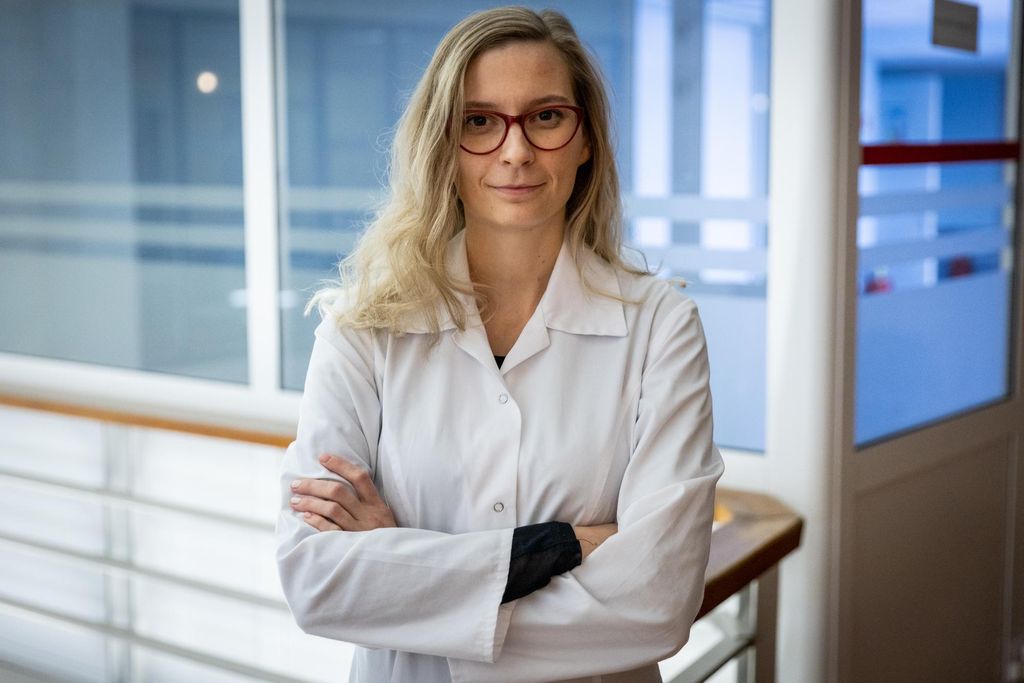
Účinok ipple
Práca s kampaňou FAST Heroes je presne to, čo rada robí, hovorí neurologička Dr. Martina Chovancová. Minulý rok pacientka s cievnou mozgovou príhodou prišla do nemocnice a získala pohoršujúci prehľad o šírení poznatkov.
„Som odborník na 2. neurologickú ambulanciu Univerzitnej nemocnice v Bratislave. Zvyčajne sa nachádzam na JIS, liečim pacientov s akútnou cievnou mozgovou príhodou alebo komunikujem so záchrannými pracovníkmi, keď sú u pacienta doma. Keď prídu, vyberám pacientov, ktorí majú byť liečení intravenóznou trombolýzou.
Vždy som chcela robiť viac ako len liečiť pacientov a robiť viac v prevencii a pred týmto projektom som prezentovala životný štýl a rizikové faktory. Keď na Slovensko prišli FAST Heroes, chcela som sa zúčastniť. Presne to rád robím.
Vykonávam úlohy v rámci kampane, organizujem podujatia pre deti a ich rodičov a starých rodičov a niekedy vediem rozhovory s miestnymi a celoštátnymi médiami.
Minulý rok som bol vedúcim špecializovaným lekárom kampane tu na Slovensku. To mi prinieslo veľa mediálnej expozície a nepriamo viedlo k príbehu, ktorý sa chystám povedať.
Koncom roka 2023 sa vyskytol prípad mŕtvice pri prebudení. Napriek rýchlej prezentácii v nemocnici v terapeutickom okne ischemická urážka prekročila bod, v ktorom mohla byť intervencia účinná.
Tento pacient zostáva v kritickom, ale stabilnom stave charakterizovanom hlbokou hemiparézou a afáziou. V súčasnosti býva v dôchodkovom dome pod intenzívnou starostlivosťou.
Keď bol v nemocnici, jeho dospelá dcéra ma rozpoznala z rozhovoru, ktorý sa objavil na webovej stránke aktuality.sk vo februári 2023. Povedala mi, že v dôsledku prečítania tohto článku pomohla zachrániť život svojho otca. Dokázala rozpoznať príznaky cievnej mozgovej príhody a poučiť svojho otca telefonicky, aby zavolal sanitku.
Napriek nešťastnému výsledku našla dcéra útechu, keď vedela, že sme urobili všetko v rámci svojej moci. Vyjadrila vďačnosť za to, že bola vybavená vedomosťami o príznakoch cievnej mozgovej príhody, vďaka čomu sa cítila bezpečnejšie.
Podelila sa o svoje skúsenosti s priateľmi a známymi a rozšírila povedomie o dôležitosti rozpoznania príznakov cievnej mozgovej príhody. Príbeh dokonca predniesla učiteľke svojho syna a povzbudila ich, aby sa zúčastnili kampane FAST Heroes v škole.
Učiteľ vie najlepšie
Niektorí oddaní učitelia na Slovensku zdieľajú svoje skúsenosti s hrdinami FAST.
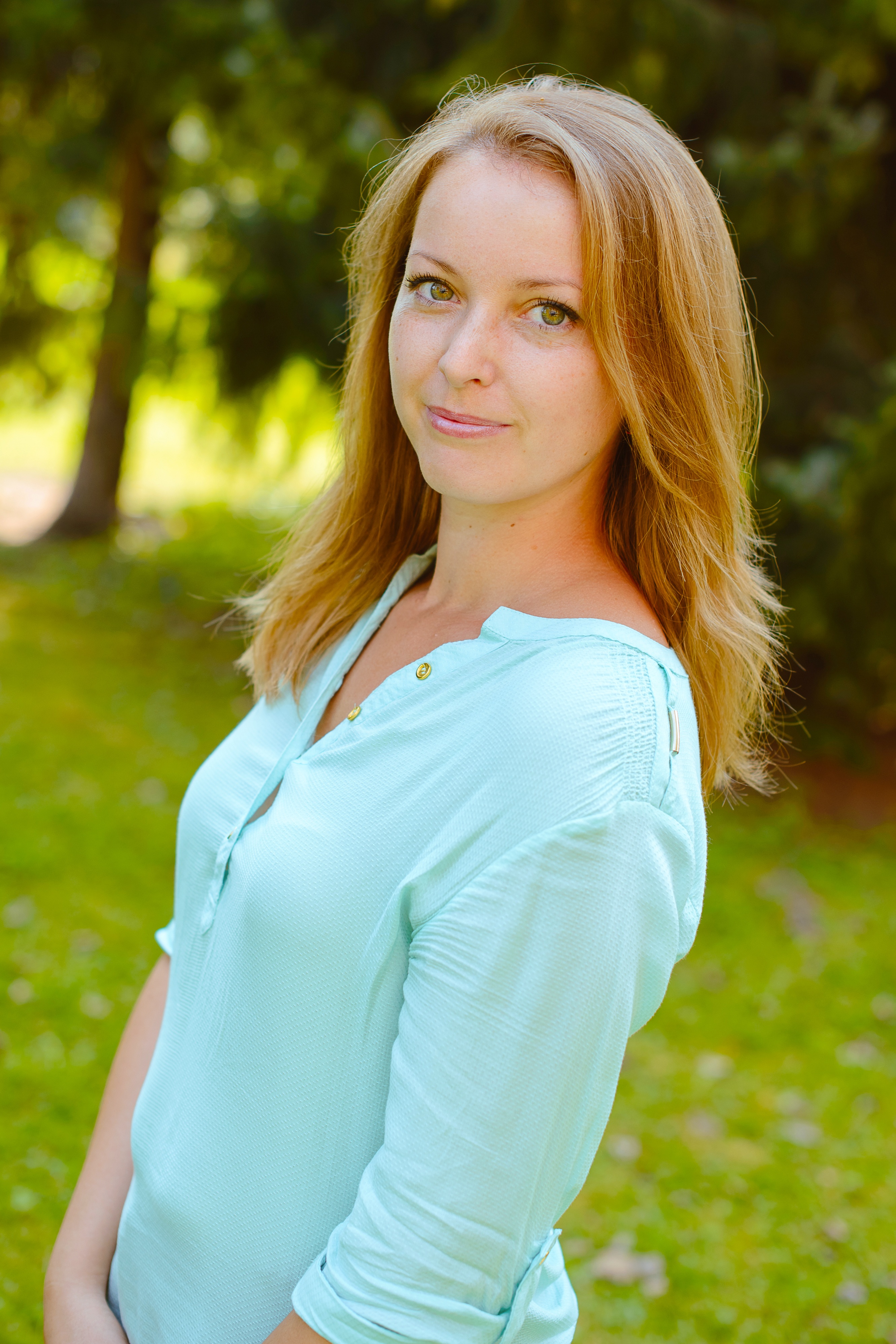
Monika Kaplárová
„Zaregistrovala som sa len s jednou triedou, pretože som nevedela, do čoho sa dostávam.“ Teraz viem, že budúci rok zapojím čo najviac žiakov. Dúfam, že sa tento projekt zverejní širokej verejnosti a že sa mu podarí zmierniť účinky ochorenia poskytnutím informácií. Osobne tento projekt odporučím svojim kolegom a ľuďom v mojom okolí.“
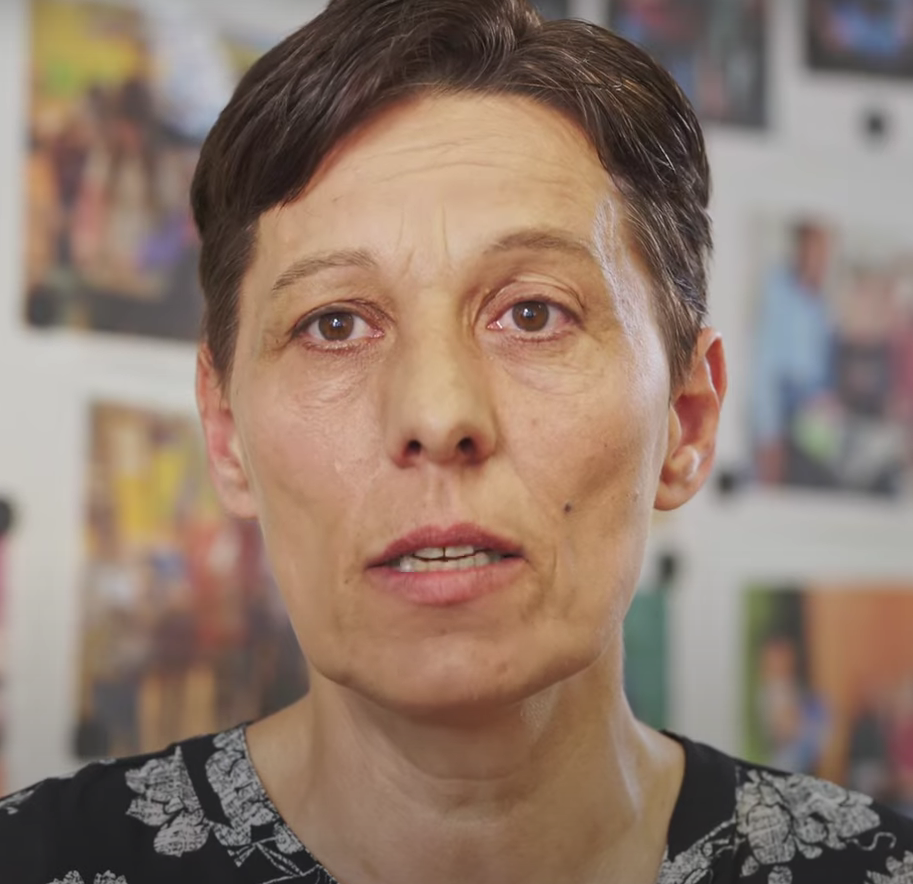
Andrea Gombariková
„Projekt Fast Heroes učí deti o empatii, láske a najmä praktických život zachraňujúcich zručnostiach v prípade cievnej mozgovej príhody, čo je jeden z najbežnejších dôvodov, prečo stratia svojich starších ľudí. Prenášajú vedomosti, ktoré sa naučia svojim blízkym, aby vedeli, ako reagovať v život ohrozujúcej núdzovej situácii, a preto to všetko dáva zmysel.“
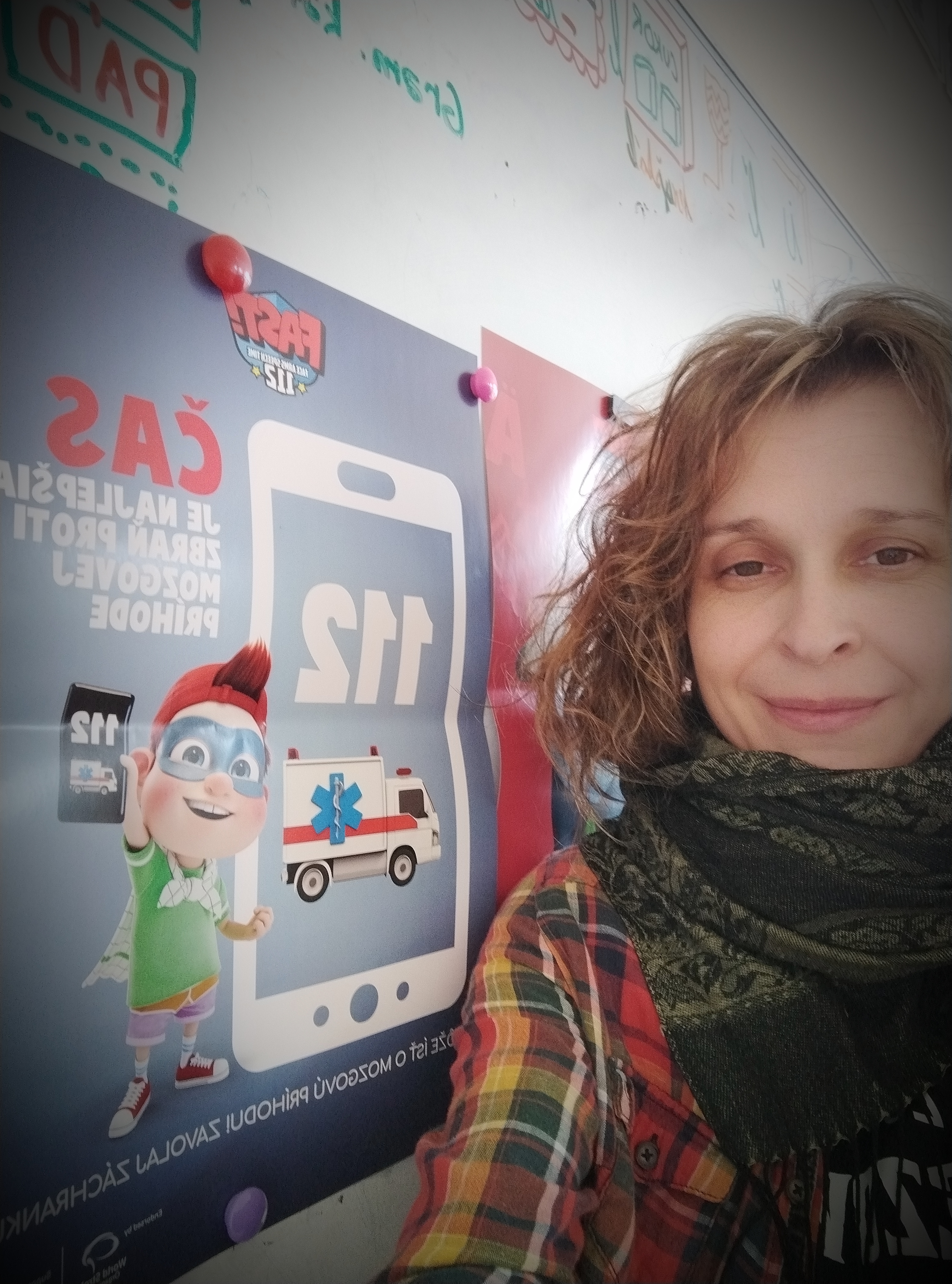
Martina Bajzová
„Moji štvrtí hodnotitelia boli veľmi nadšení aktivitami malých záchranárov. Motivačné postavy Tomi, Fero, Adam a Sofia ich sprevádzajú tým, že sa dozvedia o všetkých príznakoch cievnej mozgovej príhody. Aj po škole naďalej zohrávajú úlohu záchranárov v školskom klube a precvičujú si možné cievne mozgové príhody a ich riešenia.
Spätná väzba od rodičov bola vynikajúca. Samotní rodičia boli prekvapení, že o mozgovej mŕtvici vedeli tak málo a že ich malé deti mali také vzácne informácie, ktoré mohli odovzdať svojim starým rodičom. Takže boli veľmi ochotní zúčastniť sa a tieto cenné informácie im boli vysvetlené a zaznamenali ich na fotografiách s radosťou a vďakou.“
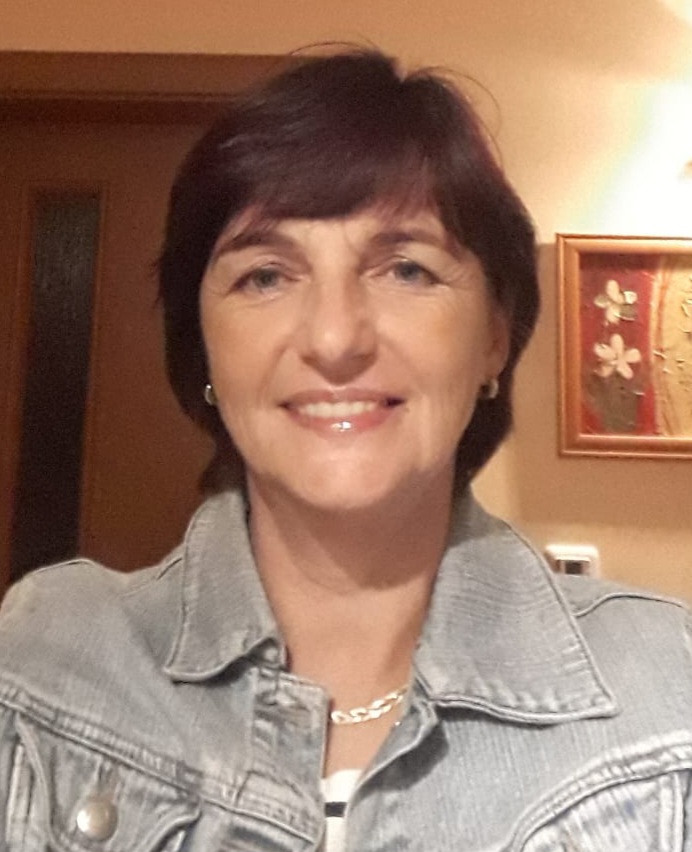
Jana Fajnorová
„Odporučil by som projekt FAST Heroes iným učiteľom. Je kreatívne navrhnutý a nenásilný. Projekt ma upútal svojou originalitou a vynikajúcim riešením takejto dôležitej témy. Deti nadšene pozerali vzdelávacie videá a tiež sa bavili s animovanými postavami. Toto „skúsené učenie“ sa im naozaj páčilo a zlepšilo ho vlastnou dramatizáciou krízovej situácie. Určite si navždy zapamätajú všetky dôležité informácie. Projekt zároveň prispel k posilneniu skupiny a pocitu spolupatričnosti.
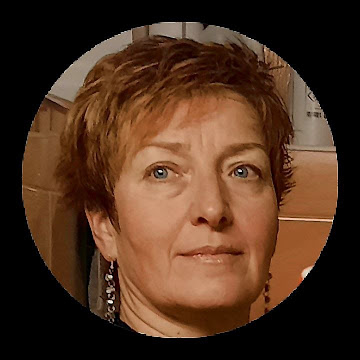
Eliška Reptová
„Ako učiteľ som si vážil flexibilitu prispôsobiť materiály a venovať toľko času téme, koľko potrebujete. Projekt poskytol nielen základné informácie o mozgovej príhode, ale tiež zvýšil povedomie detí, že by mohli byť ohrozené nielen ich rodičia, ale aj ich starí rodičia. Vytvorenie informačného letáka a diskusia o príznakoch a prevencii pomohli niektorým študentom vybudovať užšie vzťahy so svojimi starými rodičmi. Krátko po projekte mal mozgovú príhodu blízky príbuzný jedného študenta. Na základe diskusií doma rodina študenta rozpoznala príznaky a poskytla primeranú prvú pomoc.“
Každý z nás môže zachrániť život
Dva roky po tom, ako sa pani Lenka Reháková zo základnej školy Liesek Elementary School stala členkou rebríčka FAST Heroes, má rady pre učiteľov, ktorí sa pridávajú do programu.
Koľko detí ste od jej začiatku predstavili projektu FAST Heroes?
Je ťažké počítať s aktuálnou triedou takmer 600 detí. Ako škola sme sa zapojili každý rok od začiatku projektu a naďalej sme zapojení do štvrtého roka. Bolo to ako „tsunami“ v Lieseku. V prvom roku kampane boli do kampane zapojení iba študenti základných škôl (113). V druhom roku sa pripojilo aj 118 škôl a v treťom roku 247 stredoškolských študentov. Verím, že ak niečo funguje, mali by sme sa o tom porozprávať a odovzdať to ďalej. Preto som hovoril o projekte FAST Heroes so svojimi kolegami v škole, s učiteľmi v škôlke a tiež s učiteľmi z iných škôl. A vďaka slovenským médiám sa mnoho škôl a učiteľov naučilo o projekte FAST Heroes a o mŕtviciach a ich príznakoch.
Je vaša pôvodná skupina 112 superhrdinov stále spojená s hrdinami FAST?
Moji bývalí žiaci, s ktorými som začal projekt FAST Heroes, sú teraz piati ročníci. Tí, ktorí sú stále zapojení, sa zúčastnia našej Young Rescuer Interest Group, kde učím primárnych a stredných študentov o prvej pomoci. Títo študenti vo veku od ôsmich do 15 rokov sa učia, ako zavolať sanitku a čo robiť v život ohrozujúcich situáciách vrátane cievnej mozgovej príhody.
Existujú nejaké rozdiely v tom, ako prezentujete materiál teraz od začiatku?
Určite áno. V prvom a druhom roku sme sa so žiakmi naučili o mozgovej mŕtvici a jej príznakoch prostredníctvom rôznych zábavných aktivít. V treťom roku sme zmenili našu stratégiu a chceli sme sa podeliť o poznatky, ktoré sme získali, s ostatnými, najmä s mladšími žiakmi a deťmi v škôlke. V priebehu piatich týždňov sa teda žiaci ocitli v úlohe učiteľov. Použili sme aj poznatky o cievnej mozgovej príhode starým rodičom, ktorí navštívili našu školu, a tiež pri návšteve starších ľudí v Charity House of St Francis v Trstene, kde ich študenti naučili o príznakoch cievnej mozgovej príhody. Po prezentácii si prečítali pracovné zošity FAST Heroes, rozprávali sa s dôchodcami, smiali sa a zabávali sa. Nakoniec spievali a tancovali pieseň FAST Heroes.
Aký vplyv mala vaša skúsenosť s hrdinami FAST na vás osobne?
Som si stále viac vedomý/á toho, že ak moje úsilie o zvýšenie povedomia o mozgovej mŕtvici môže zachrániť aj jeden život, potom to všetko stojí za to. Chcela by som povzbudiť všetkých, aby sme pamätali na ľudí okolo nás. Každý z nás môže zachrániť ľudský život. Počas návštevy starších ľudí v Trstene sme zažili radosť a vzájomné darovanie. V tomto vzájomnom dávaní sme zistili, že čím viac sme dali, tým viac sme dostali – pretože starší ľudia sú ako živé knihy, plné múdrosti a životných príbehov.
Ak by ste museli dať jednu radu učiteľovi, ktorý zavádza kampaň prvýkrát, čo by to bolo?
Povedal by som: Robíte skvelú prácu na zvyšovaní povedomia o prevencii a liečbe cievnej mozgovej príhody. Nevzdávajte sa. Nie ste sami. Ste súčasťou rodiny FAST Heroes. Obdivujem vašu oddanosť a vášeň pre kampaň. Máte moc zachrániť životy vzdelávaním detí a prostredníctvom nich ich rodičov a príbuzných o príznakoch cievnej mozgovej príhody a o tom, ako konať rýchlo. Ďakujeme, že ste súčasťou kampane FAST Heroes. Ste inšpiráciou pre ostatných, ktorí chcú mať pozitívny vplyv na svet. Pamätajte, že každý študent, ktorého navštívite, je potenciálnou záchranou života.
